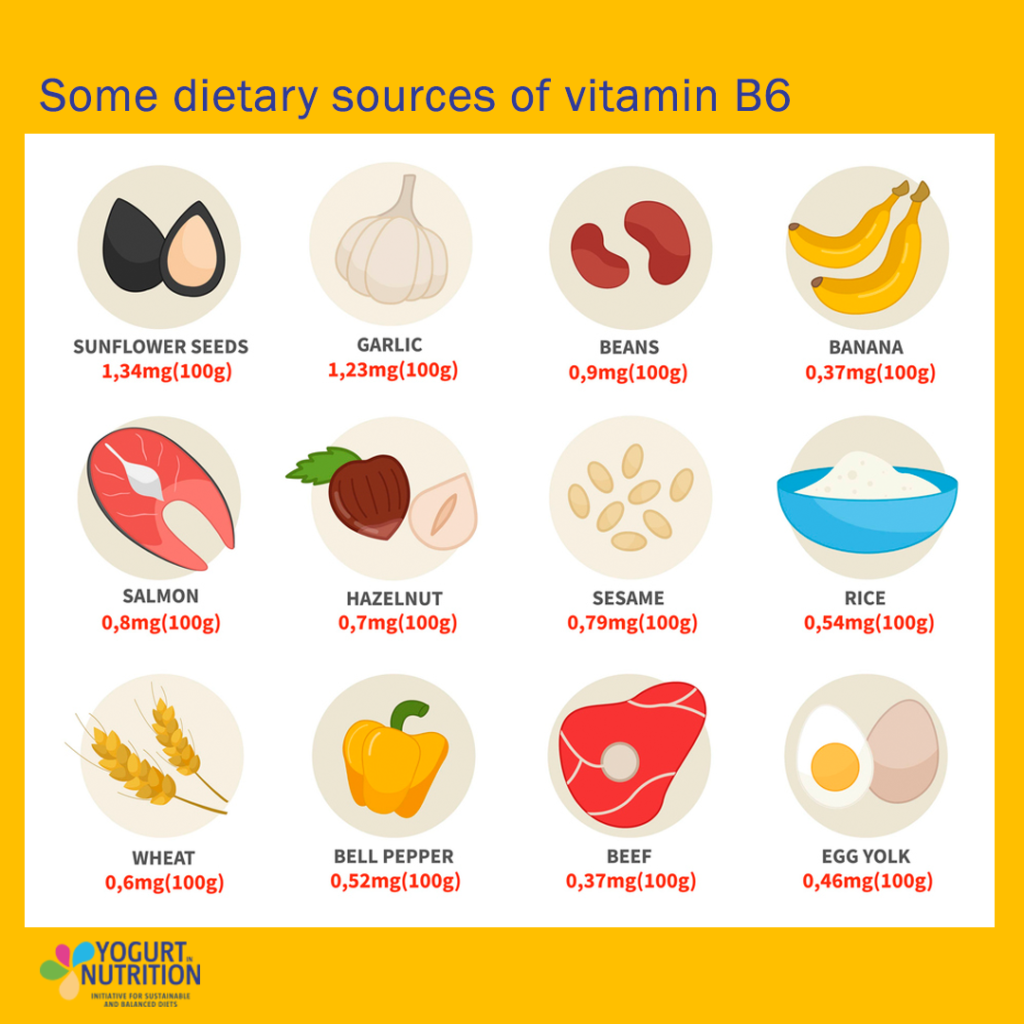When we talk about B vitamins, we are actually talking about a complex of vitamins, grouping together several organic substances. While B vitamins as a whole are recognized for their effects on immunity and fatigue, each vitamin plays a specific role. This time, let’s focus on vitamin B6.
Vitamin B6: functions and metabolism
Vitamin B6 comprises a group of biologically related compounds, including pyridoxine, pyridoxal, and pyridoxamine. These compounds are metabolized into pyridoxal phosphate (PLP), the active coenzyme form, which plays a crucial role in various metabolic processes across the blood, central nervous system, and skin.
Vitamin B6 is essential for nitrogen metabolism and contributes to:
- Amino acid metabolism, including transamination reactions, such as the conversion of tryptophan to niacin.
- Heme and porphyrin synthesis, critical for red blood cell function.
- Nucleic acid biosynthesis, supporting DNA and RNA production.
- Lipid and carbohydrate metabolism, for example the involvement in glycogenolysis.
Through its metabolic functions, vitamin B6 supports:
- Energy production, by facilitating glycogen breakdown in the liver.
- Red blood cell synthesis and hemoglobin formation, in synergy with vitamins B9 (folate) and B12.
- Hormonal regulation, aiding in neurotransmitter and steroid hormone activity.
- Immune function, contributing to normal immune response.
Vitamin B6 is absorbed in the small intestine and has limited storage capacity in the body, necessitating regular dietary intake. While deficiencies are uncommon, they may lead to anemia, dermatitis, or neuropathies and often result from:
- Protein-energy malnutrition
- Malabsorption disorders
- Chronic alcohol use
- Pyridoxine-inactivating medications
- Excessive loss during hemodialysis
Given its wide-ranging physiological importance, maintaining adequate vitamin B6 levels through diet is crucial for overall health.
Dietary Recommendations for vitamin B6
Vit B6 requirements vary across countries and diets, but the average dietary reference intake for healthy adults (over 18 years) is about 1,5 to 1,8 mg/day.
The recommended intake is lower for children (0.3 mg/d for children aged 7 to 11 months and 0.6 to 1.4 mg for those aged 1 to 14 years), and slightly higher for pregnant or breast-feeding women.
Food Sources of Vitamin B6
Dietary sources of vitamin B6 include organ meats, whole-grain cereals, fish, and legumes.

Vitamin B6 is present in both animal and plant-based foods:
- Animal sources: Primarily organ meats (liver from beef, veal, pork, and poultry) as well as fish.
- Plant sources: Whole-grain cereals, legumes, and starchy fruits and vegetables.
Additionally, some foods—particularly fermented dairy products—are fortified with vitamin B6.



